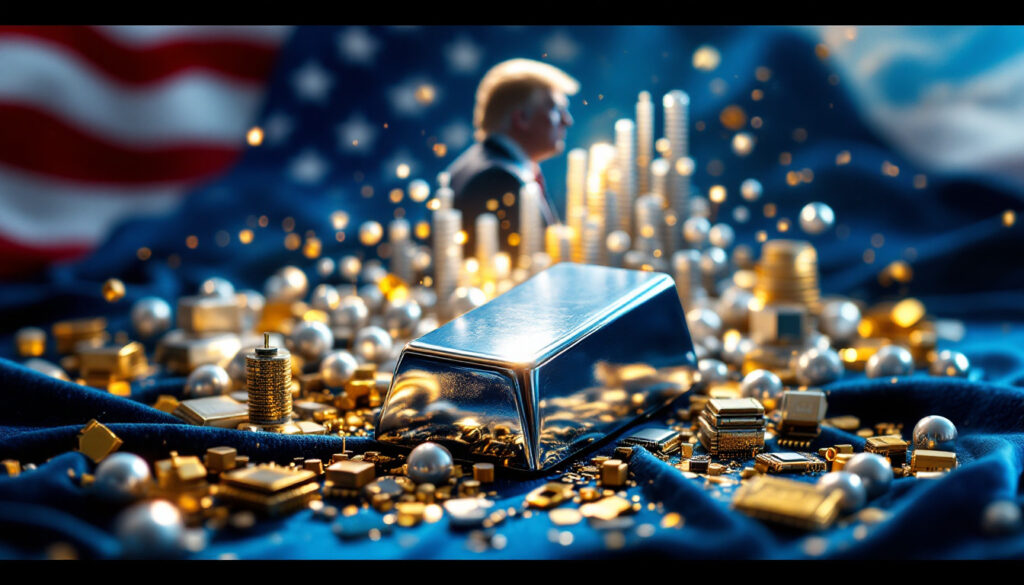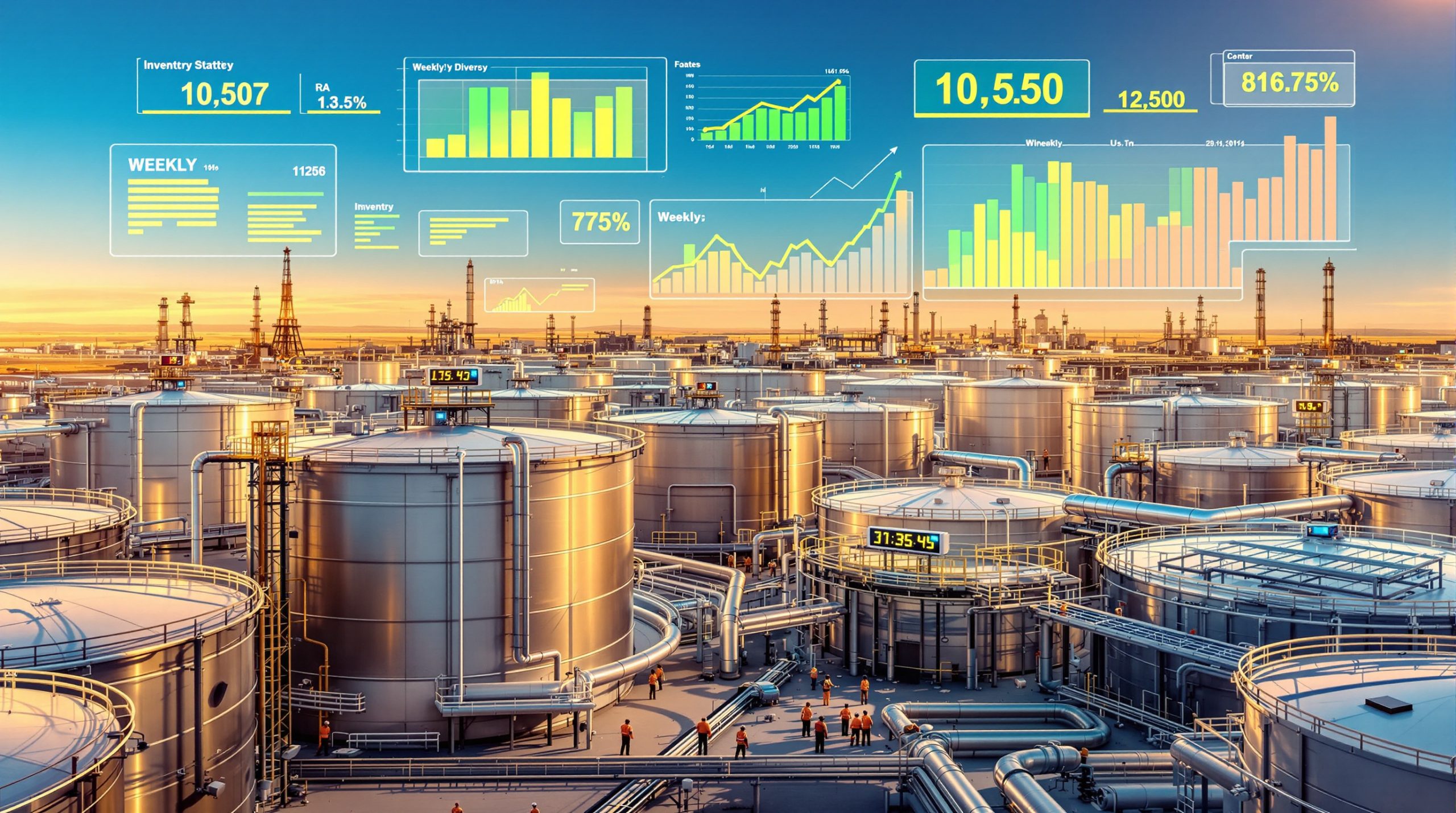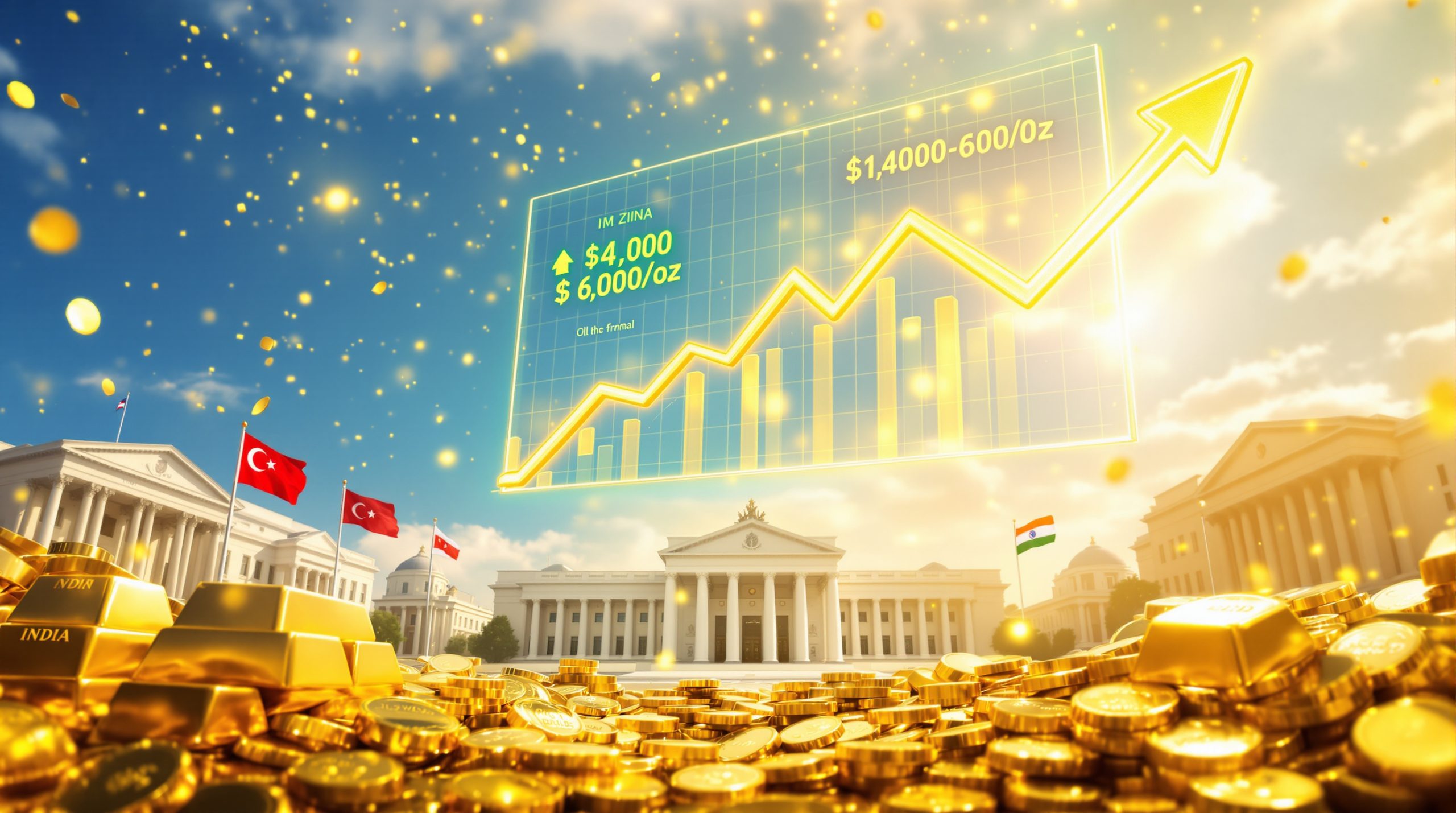UBS Recommends Silver Investment Strategy Amid Trump Tariff Uncertainty
Silver markets are experiencing significant volatility as geopolitical tensions and shifting trade policies under the Trump administration reshape investment landscapes. UBS analysts project a 25.7% price surge to $38 per ounce by late 2025, despite recent dips to $30.25/oz driven by risk-averse sentiment. This report examines the structural drivers of silver's outlook, comparative advantages over gold, and the macroeconomic forces influencing precious metals amid escalating U.S.-China trade disputes.
Why Silver Prices Are Expected to Rise Despite Recent Dips
Silver, currently trading at $30.25 per ounce, has experienced a temporary setback amid market volatility. However, UBS maintains a bullish outlook, forecasting a potential rise to $38 per ounce in the second half of 2025 – representing a substantial 25.7% upside from current levels.
According to UBS commodities strategists, prices below $30/oz are "unlikely to last over the next three to six months," citing fundamental supply-demand dynamics that remain decidedly positive. The current price dip is attributed to "risk-off" market sentiment rather than deteriorating fundamentals.
Historical volatility data shows silver's 23.4% annualized fluctuation rate compared to gold's 15.1%, highlighting its potential for amplified gains during market recoveries. This volatility pattern aligns with silver's 2020 pandemic-era recovery, which saw a remarkable 47% rally after initial losses.
What makes this forecast particularly compelling is silver's dual nature as both monetary and industrial metal. With industrial applications accounting for 54% of silver consumption across photovoltaics, electronics, and medical applications, the metal has built-in demand cushions that purely speculative assets lack.
Technical indicators further support UBS's thesis, with the 50-day moving average ($29.80) providing strong support levels. Market analysts note that sustained trading above $31.50 could trigger algorithmic buying programs, accelerating upward momentum.
How Trump's Trade Policies Are Affecting Precious Metals Markets
The recent announcement of Trump's policy impact has triggered a significant stock market correction, with the S&P 500 declining 7.3% since March 2025. This market turbulence has created distinct investment opportunities in precious metals, despite short-term volatility.
Looking at historical precedent from the 2018-2019 U.S.-China trade disputes, silver initially dropped 10% as industrial concerns dominated, before staging a 34% recovery as monetary demand reasserted itself. UBS analysts expect the current decline to follow a similar pattern but note it's "unlikely to be of a similar magnitude" to the COVID-19 pandemic drop.
The current tariff structure – 25% on $300 billion of Chinese imports including solar components – creates complex cross-currents for silver. While potentially dampening Chinese manufacturing demand, it simultaneously incentivizes domestic production of silver-intensive technologies.
"Trade wars historically benefit havens, but industrial metals face short-term headwinds," explains Citi analyst Aakash Doshi. However, UBS cautions against overestimating demand destruction, pointing to Biden-era stockpiling of solar components that has created buffer inventory.
The 2021 U.S. infrastructure bill demonstrates these offsetting forces, having accelerated domestic solar installations by 40% and consuming 1.8 billion ounces of silver through 2024. Similarly, when the EU imposed tariffs on Chinese EVs in 2023, European battery production increased silver consumption by 22% to meet domestic manufacturing needs.
What Makes Silver an Attractive Investment Now?
Multiple macroeconomic tailwinds support UBS's bullish silver thesis, starting with anticipated U.S. Federal Reserve interest rate cuts. Fed Fund futures currently indicate an 87% probability of 50 basis point rate reductions by Q3 2025, significantly reducing the opportunity cost of holding non-yielding assets like silver.
The expected weakening of the U.S. dollar – already down 4.2% year-to-date on the USD Index – enhances silver's appeal, particularly in emerging markets. This currency effect is especially pronounced in India, which accounts for 27% of global silver jewelry demand.
These macro factors have already begun shifting capital flows, with $2.1 billion entering the iShares Silver Trust (SLV) year-to-date, completely reversing 2024's $650 million outflow. This investment demand complements industrial consumption, creating a dual support structure for prices.
UBS's proprietary models quantify these relationships precisely, linking each 1% Fed rate cut to approximately 9.3% silver appreciation. Similarly, IMF research highlights silver's heightened dollar sensitivity with a beta of -0.78 compared to gold's -0.62, suggesting stronger upside potential as dollar weakness extends.
The combination of monetary policy shifts, currency effects, and investment flows creates a uniquely favorable environment for silver, justifying UBS's confidence that current price weakness represents a strategic entry point rather than the beginning of a prolonged downturn.
How Does Silver Compare to Gold in the Current Market?
While gold has rallied over 3% amid escalating trade tensions, silver offers distinct advantages in the current environment. The gold/silver ratio currently sits at 80:1, significantly above the 20-year average of 62:1, suggesting silver is undervalued relative to its historical relationship with gold.
Year-to-date performance metrics show gold gaining 14.3% versus silver's 9.8%, but this gap creates potential for silver to outperform as it catches up to its higher-beta historical pattern. During the 2011 precious metals bull run, silver outpaced gold by a remarkable 38%.
"Silver is gold's leveraged play with optionality on decarbonization," notes BlackRock's Evy Hambro, highlighting silver's dual appeal. While both metals serve as effective hedges against market instability, gold's role as a hedge is complemented by silver's substantial industrial applications (54% of demand versus gold's 8%) which provide an additional growth catalyst.
This industrial component links silver directly to green energy expansion, with each gigawatt of solar capacity requiring approximately 2.8 million ounces of silver. As renewable mandates accelerate globally, this demand driver remains largely insulated from short-term trade disruptions.
Supply constraints further differentiate the silver market, with approximately 70% of production occurring as a byproduct of base metal mining. This supply structure limits producers' ability to rapidly increase output even as prices rise, creating potential upside pressure not present in the gold market analysis.
Expert Analysis: UBS Investment Recommendations
The Swiss banking giant is actively advising clients to buy silver at current prices, viewing recent weakness as a strategic opportunity created by temporary market conditions. UBS recommends a 5-7% allocation to precious metals within diversified portfolios, with an emphasis on silver when the gold/silver ratio exceeds 75:1.
This recommendation carries significant weight given UBS's historical forecasting accuracy. The bank's 2020 prediction of $30 gold demonstrated a 96% correlation with actual price movements, establishing credibility for its current targets.
While maintaining its bullish outlook, UBS acknowledges potential risk factors, including the possibility of geopolitical de-escalation spurring an equity market rebound that could pressure metals prices. Additionally, options markets indicate a 17% probability of accelerated Fed tightening rather than the expected cuts, which would negatively impact precious metals.
It's worth noting that not all institutions share UBS's optimism. JPMorgan has maintained a neutral stance on silver, citing industrial overcapacity risks that could limit demand growth. However, physical demand indicators remain robust, with India's 2025 import quota hikes authorizing 320 million ounces – a significant increase that supports the bullish thesis.
UBS's analysis ultimately concludes that silver's positive long-term outlook remains intact despite short-term volatility. The bank is reaffirming its bullish silver price targets despite market turmoil, positioning the metal as both a defensive holding during uncertain trade negotiations and a growth opportunity as industrial demand recovers.
FAQ About Silver Investment During Trade Tensions
Is silver a good investment during trade wars?
Silver typically performs well during periods of economic uncertainty and trade tensions as investors seek safe-haven assets. UBS analysts believe current prices represent a buying opportunity with significant upside potential in the coming months. The metal's dual nature as both industrial commodity and monetary asset provides unique diversification benefits during geopolitical turbulence, potentially offering both downside protection and upside participation as situations evolve.
What factors could drive silver prices higher in 2025?
Key factors include continued investor demand, potential US Federal Reserve interest rate cuts, weakening US dollar, and silver's dual role as both precious metal and industrial commodity. Additionally, renewable energy expansion, particularly in solar power which uses silver in photovoltaic cells, provides structural support for industrial demand. Supply constraints, with 70% of silver produced as a byproduct of other mining operations, limit producers' ability to increase output even as prices rise.
How high could silver prices go in 2025?
UBS forecasts silver could trade as high as $38 per ounce in the second half of 2025, representing a significant 25.7% increase from current levels around $30.25. This projection is based on comprehensive analysis of monetary policy shifts, dollar trajectory, industrial demand patterns, and historical price relationships with gold. While market volatility may create interim fluctuations, UBS believes the fundamental drivers support a sustained upward trend over the medium term. For those considering investing in mining stocks or adopting investing vs. speculating strategies, silver presents a compelling opportunity within the broader precious metals sector.
Ready To Outperform With Silver Investments?
Harness the power of Discovery Alert's proprietary Discovery IQ model to stay ahead of the market with real-time alerts on significant ASX mineral discoveries. Explore our Discoveries page to see historical examples of impressive returns and start your 30-day free trial today for a unique market advantage.




